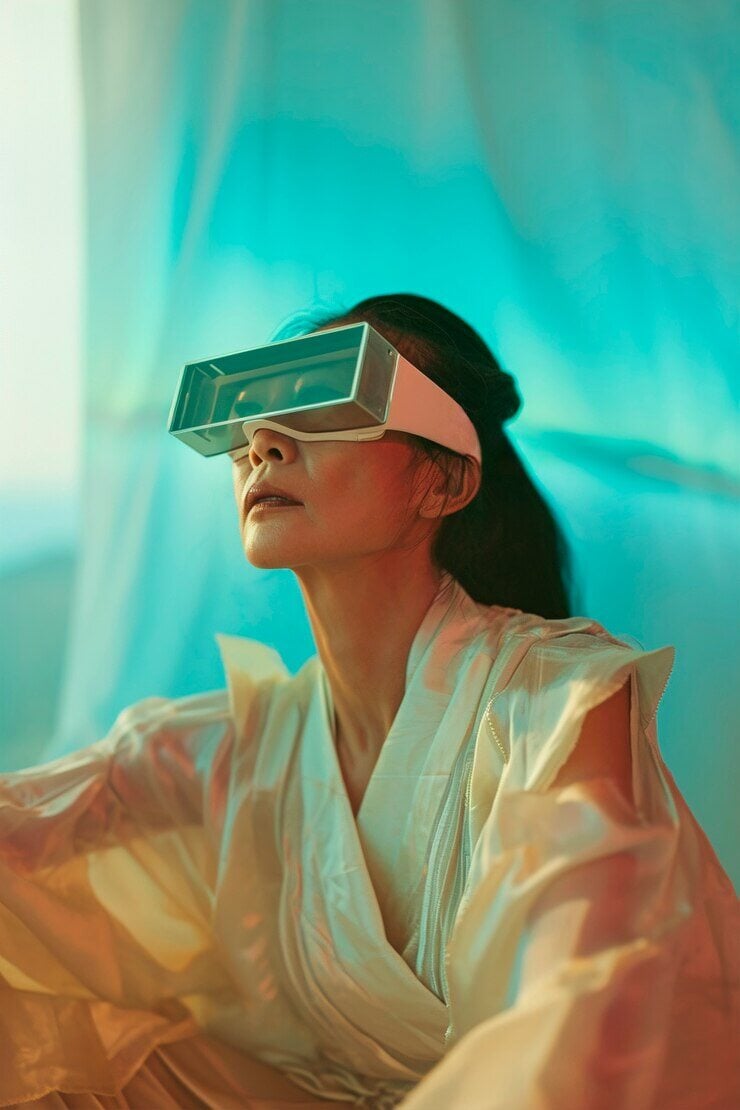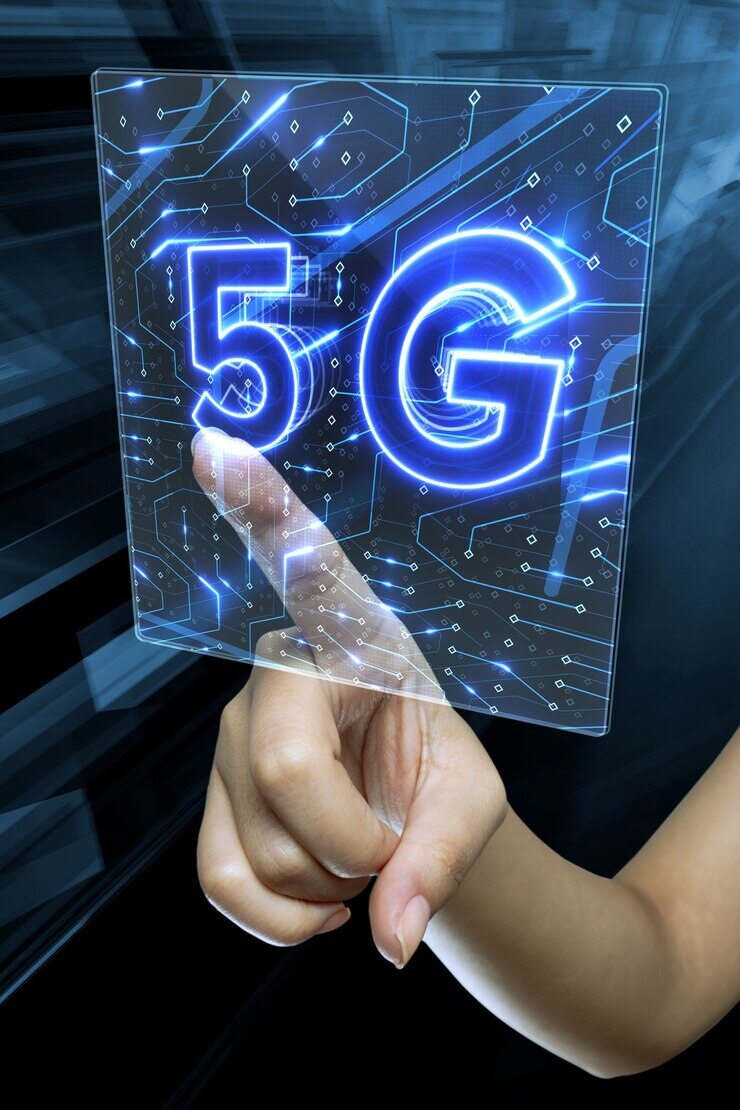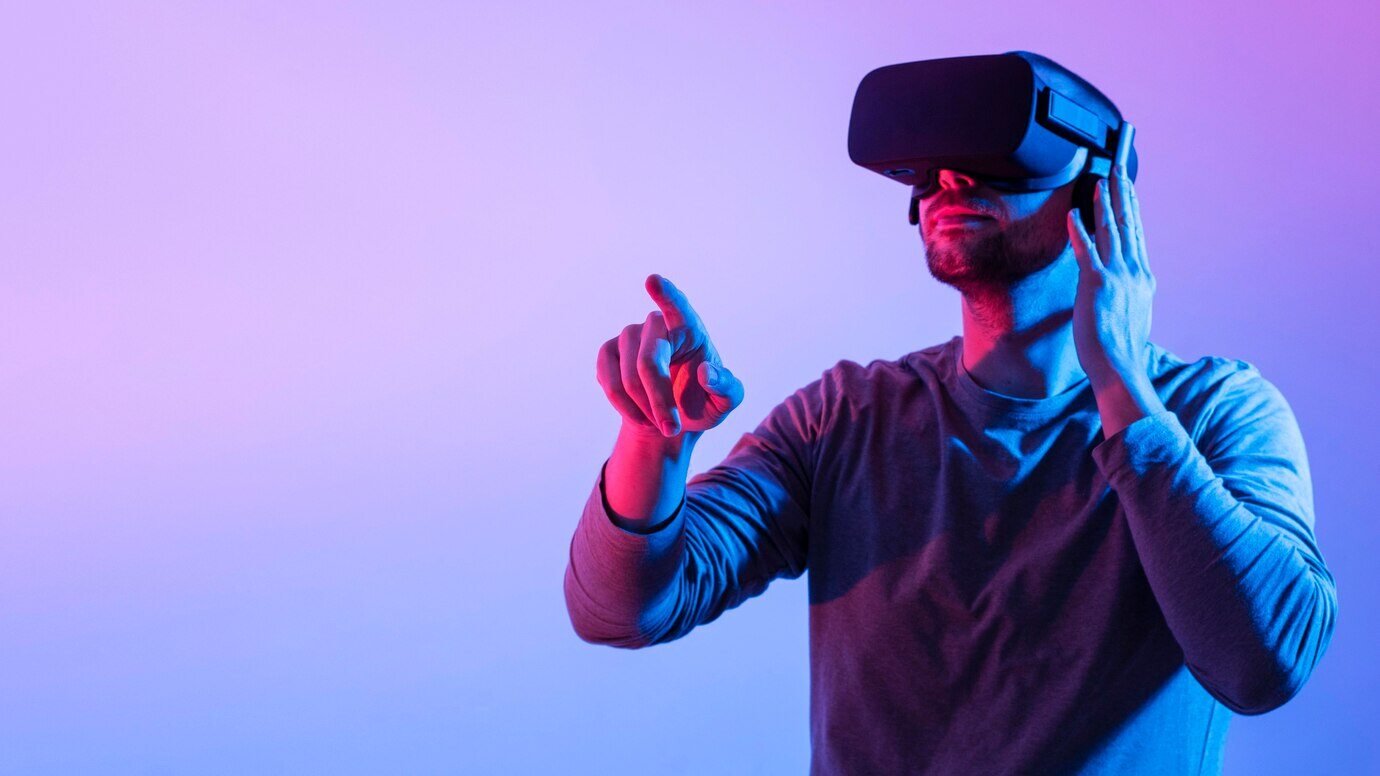In today’s rapidly advancing digital landscape, immersive technologies like Augmented Reality and Mixed Reality are revolutionizing industries, from gaming and retail to manufacturing and healthcare.
But with so many tech terms floating around, it's easy to get confused. What exactly sets Mixed Reality apart from Augmented Reality, and why does it matter?
More importantly, how can businesses and innovators leverage these technologies to stay ahead of the curve?
Understanding Augmented Reality
Augmented Reality enhances the real world by overlaying digital content onto the physical environment.
Unlike Virtual Reality, which immerses users in a completely digital space, AR keeps users connected to their surroundings while providing an interactive digital layer.
Think of AR as the technology behind popular applications like Snapchat filters, Pokémon GO, or retail apps that let you visualize furniture in your home before buying.
It requires minimal hardware which makes it widely accessible and easy to implement.
Businesses are already leveraging AR for enhanced customer experiences. For instance, companies in e-Commerce use AR to provide virtual try-ons for clothing, eyewear, or cosmetics, reducing returns and increasing customer satisfaction.
This integration of digital elements into everyday life makes AR a powerful tool for engagement and marketing.
Exploring Mixed Reality
Mixed Reality, on the other hand, takes AR a step further by blending the physical and digital worlds. Unlike AR, which simply overlays images onto the real world, MR allows digital objects to interact with the real environment in a much more immersive way.
A great example of MR is Microsoft’s HoloLens, which enables users to manipulate 3D holograms within their actual surroundings.
This technology is particularly valuable in fields such as healthcare, where surgeons can visualize 3D scans before performing procedures, or in manufacturing, where workers can receive real-time instructions projected onto machinery.
MR often requires more advanced hardware, such as specialized headsets, to create a seamless experience. While this means a higher investment compared to AR, the potential for deeper engagement and operational efficiency is immense.
Key Differences Between AR And MR
The main distinction between AR and MR lies in their interaction with the real world. AR enhances what you see by adding digital overlays, while MR blends real and virtual elements in a way that allows them to interact.
AR is accessible with smartphones and tablets, whereas MR typically requires dedicated headsets. Additionally, AR is widely used in retail, gaming, and marketing, while MR is more prevalent in industrial applications, healthcare, and complex training simulations.
Why Does This Distinction Matter?
Understanding the differences between AR and MR is crucial for businesses looking to adopt the right immersive technology.
If your goal is to enhance customer experiences with minimal hardware requirements, AR might be the way to go. If your industry demands deeper integration of digital elements with the real world MR could offer the advanced capabilities you need.
How Does Nextech3D Enhance AR & MR Experiences?
As businesses explore these technologies, having the right tools to create high-quality digital experiences is essential. This is where Nextech3D plays a vital role.
Nextech3D’s cutting-edge AI-powered 3D modeling solutions bridge the gap between AR and MR by enabling businesses to generate photorealistic 3D assets that can be integrated into both experiences.
Whether it’s for immersive e-Commerce, interactive training modules, or next-level marketing campaigns, Nextech3D empowers companies to create engaging, hyper-realistic digital content that enhances both AR and MR applications.
From retailers looking to offer 3D product previews to manufacturers designing intricate prototypes in an MR environment, Nextech3D provides the tools needed to stay ahead in the digital era.







